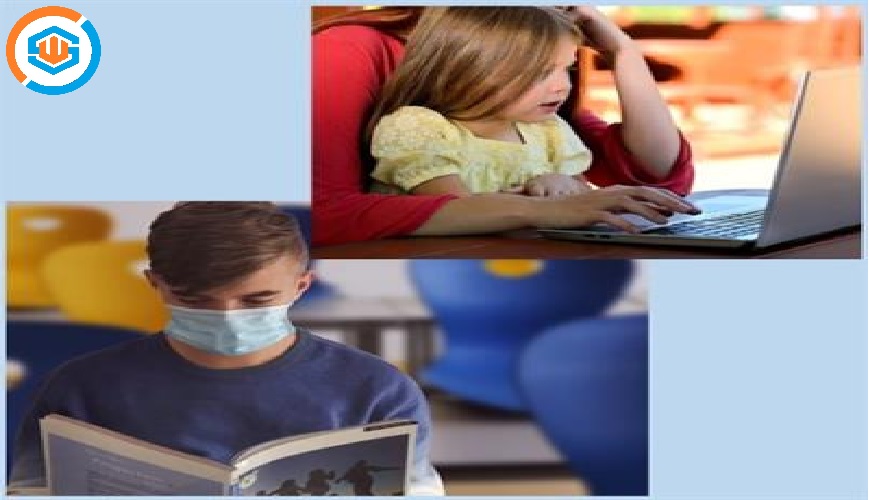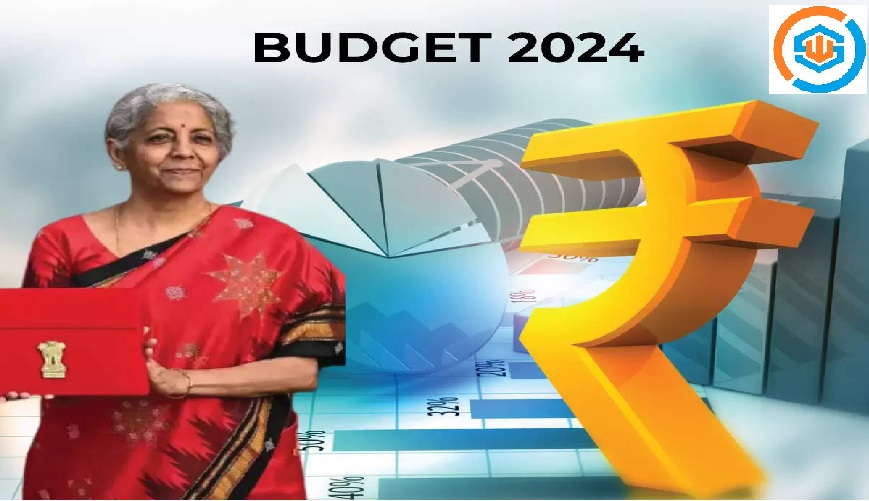
- 29 Jul
- 2021
Learning in times of COVID-19
The COVID-19 pandemic has had a profound and sudden impact on many areas of life; work, leisure time, and family alike. These changes have also affected educational processes in formal and informal learning environments. Public institutions such as childcare settings, schools, universities, and further education providers ceased onsite teaching and moved to distance learning - or closed down completely. In the same way, organizations offering sports and cultural activities had to shut down. The sudden lock-down required quick adjustments on behalf of all stakeholders and teaching and learning settings changed substantially. Even after lock-down conditions have been lifted in many countries, fundamental changes to the day-to-day reality of teaching and learning, work and home life remain in the absence of a cure or vaccine.
These sudden changes have taken a toll on schools, families, and society in general. Many parents have had to work from home while taking care of their children and acting as home tutors. Educators for all age groups from early childhood to further education have had to switch from traditional in-class settings to various forms of distance education and develop methods to stay in touch with parents and students. Often, this has required adopting new educational strategies for digital teaching (synchronous and asynchronous), which is still an emerging phenomenon in many educational settings. For students, the lack of structured in-class learning settings may have required more self-regulation and self-motivation to learn with less support. Furthermore, as some countries have moved to reopen education institutions while trying to maintain social distancing, teachers and students have experienced a variety of changes in their education settings within a short period of time (e.g. changes to physical contact hours, group sizes, and access to physical spaces or materials).











